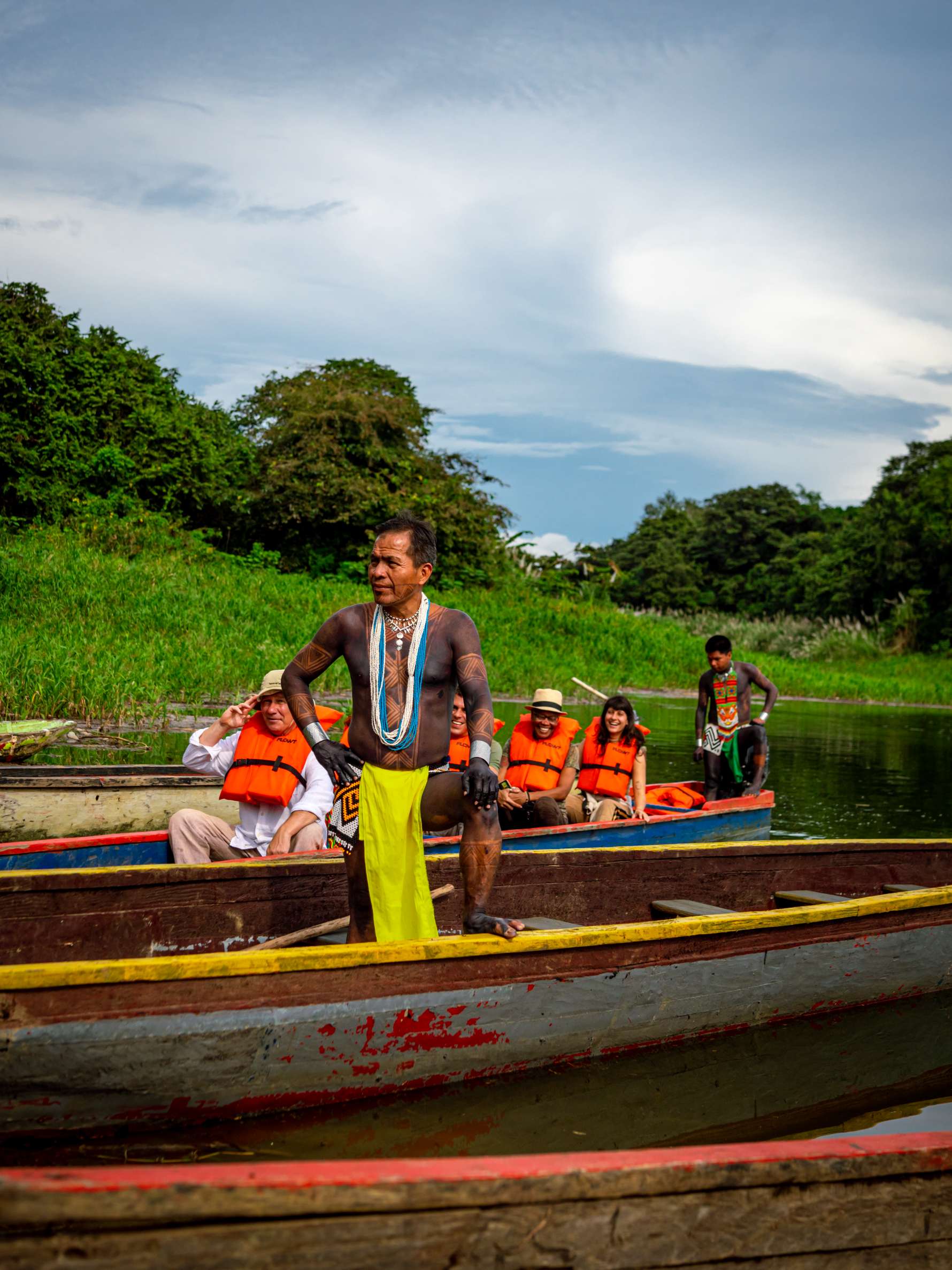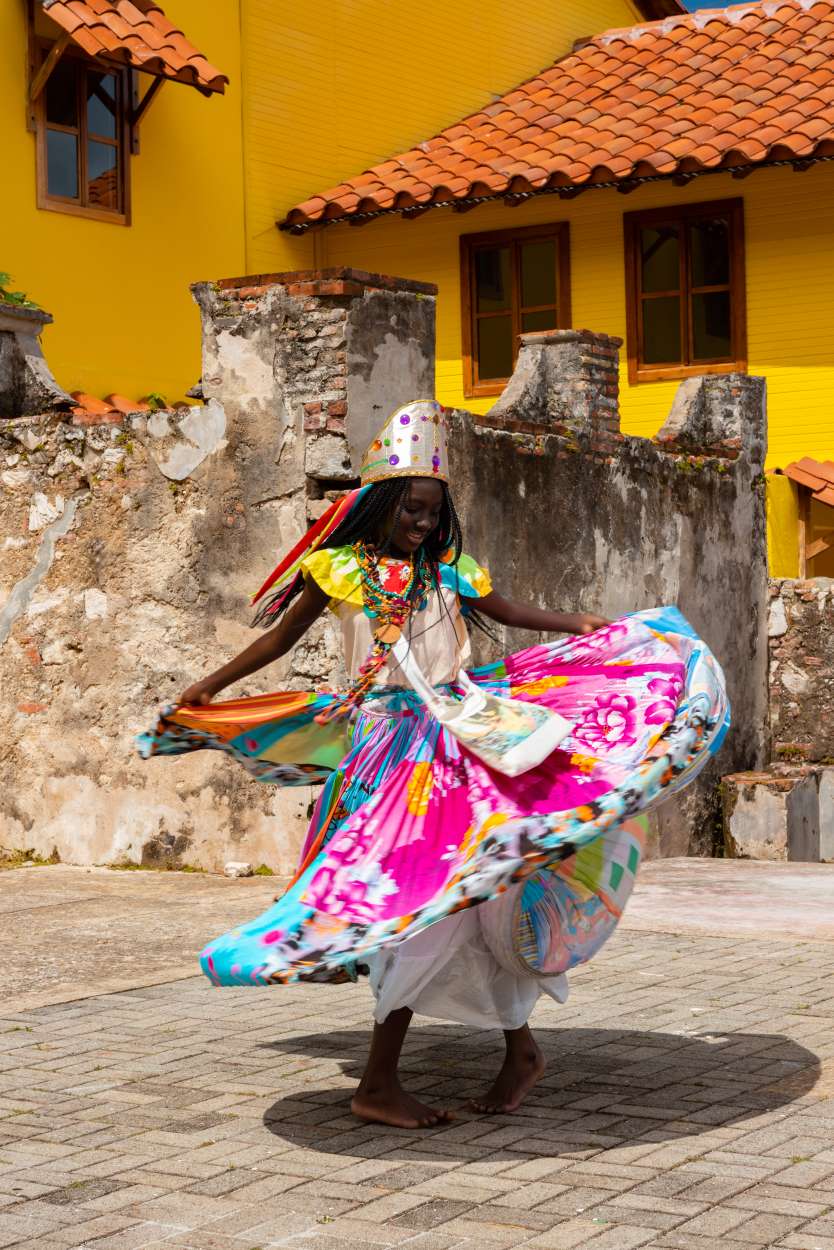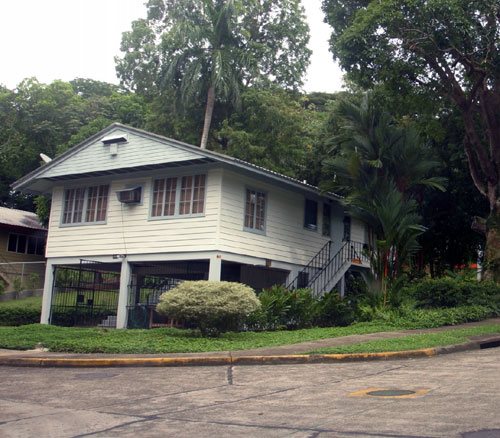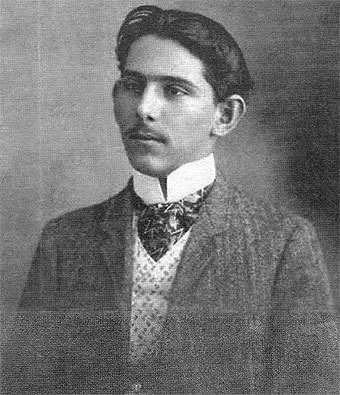Culture is the sum of the elements present in the behavior of a people, such as their common history, customs, religion(s), habits, traditions, distinctive features, and language(s). It is the set of manifestations in which the popular life of a town is expressed. It includes the arts, music, sports, literature, gastronomy… Life itself.

Indigenous Ethnicities and the Caribbean
In Panamanian culture, influences from the culture of native peoples such as the Gunas, the Ngäbe Bugles, the Embera Wounan and other indigenous groups appear. Also present is the rich Hispanic heritage, its Spanish language, its Catholic religion and other traits common to this town. There is a marked black Antillean influence coming from the workers who went to work in the construction of the Canal. This influence is present in Colon, Bocas del Toro and other places on the Atlantic Coast. There is a great musical influence from the Antilles, mainly with salsa, Jamaican reggae, plena and reggaeton from Puerto Rico.

Hispanic and Colombian Influence in the Plastic Arts
In the arts, painting in Panama dates back to Hispanic and Colombian times. It is characterized by its intense polychrome and other stylistic forms. It also has influence from Europe and the United States. There are several museums in Panama City, which present exhibitions of Panamanian paintings, mainly contemporary.
France, Spain, Italy and the United States in Architecture
As for architecture, it is very diverse in Panama. This has received strong influences from other countries. In the urban area of Panama, the predominant architecture is of Hispanic original having the Bellavistino style houses, although there are also buildings that stand out for their French influences in the Casco Antiguo area.

Very different architecture is found in the former Canal Zone. An architecture that adapts to the humid tropics with large green areas and forests that have French and American influences, although other influences such as German are present. It also has Italian elements such as landscaping, where the style of the houses or buildings is integrated into the nearby territory. The most emblematic and portentous building in the Zone is that of the Canal Administration.

Nicaragua and Italy in Panamanian Literature
In literature, Panama is distinguished by its prolific creation. The modernist style led by Ruben Dario in Nicaragua and which influenced Panama was nationalist in nature in which the values of the country were exalted. There was a veritable plethora of modernist writers from the end of the 19th century to the first decades of the 20th century. The best-known Panamanian modernist poet was Ricardo Miro. This movement continued until the arrival of the avant-garde created in Italy. This movement arrived in the 1930s, and coincided with the political movement of Community Action. During this avant-garde period, the theme of the Canal and its terminal cities stood out: Panama and Colon.








